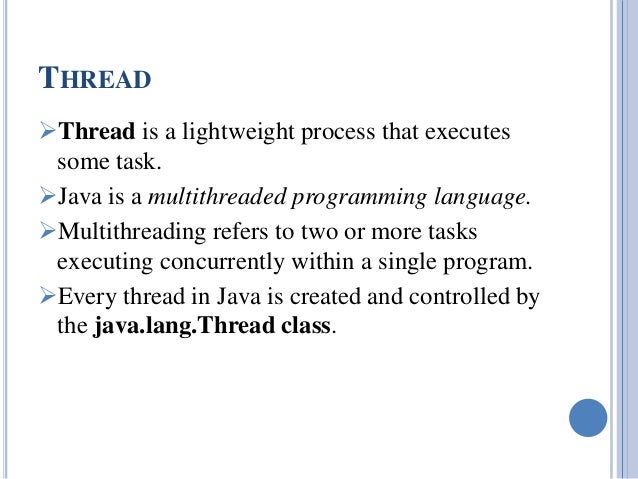

Hint - does your code have tests? No!?! Well, your code might already be … you guessed it … legacy. More importantly, it helps you reformulate what “legacy” actually means. It helps reshape how you think about working with old code and making it maintainable again. Michael Feathers’ book “ Working Effectively with Legacy Code” is the one book I require all developers to read when I’m leading a team. Uncle Bob’s books “ Agile Software Development, Principles, Patterns and Practices” and “ Clean Code” are staples in the software community. If you’re not familiar with Uncle Bob or Michael Feathers, I highly recommend picking up some of their books.

When these five basic object-oriented design principles are applied together, they help developers facilitate the development of maintainable and extensible systems. SOLID was introduced by Robert Martin (AKA: Uncle Bob) in the early 2000’s with the term being coined by Michael Feathers.
#Single responsibility principle java android#
By the end of the series, you’ll have a firm grip on what these core principles mean, why they matter to you as an Android developer, and how you can apply them in your day-to-day development endeavors. Over the next few weeks, I’ll dive into each principle, explain what it means, and how it relates to Android development.


 0 kommentar(er)
0 kommentar(er)
